Some places stay with us. A warm afternoon on the Amalfi Coast. The scent of pine and sea air fills the air in southern Portugal. The whitewashed walls on the Greek islands evoke a sense of timelessness and a slow pace of life. This sensory memory gives rise to the Mediterranean style, a visually appealing and deeply emotional aesthetic.
Today, this heritage finds new expression. The modern Mediterranean style preserves the essence of outdoor living, offering comfort without ostentation and a connection with the earth and light, and translates all of this into spaces with simple lines yet full of soul.
The incredible beauty of this style lies in its duality: it is at once fresh and welcoming, rustic and contemporary. And it is this versatility that makes it so sought after in modern interior design projects, where the balance between well-being and sophistication has become essential.
For interior designers and decorators, this style presents a unique opportunity: to create fresh, serene, and timeless spaces, using a natural palette, authentic materials, and furniture with a sculptural presence.
For summer houses or second homes, this style offers the perfect foundation for creating aesthetically captivating and functionally intelligent spaces. It is possible to adapt the principles of the Mediterranean style to interior design projects for summer houses, always maintaining the balance between freshness and elegance.
In this article, we will explore the elements that define this approach and show how to apply them strategically in residential and commercial projects, supported by pieces from ALMA de LUCE that elevate the aesthetic and sensorial narrative.
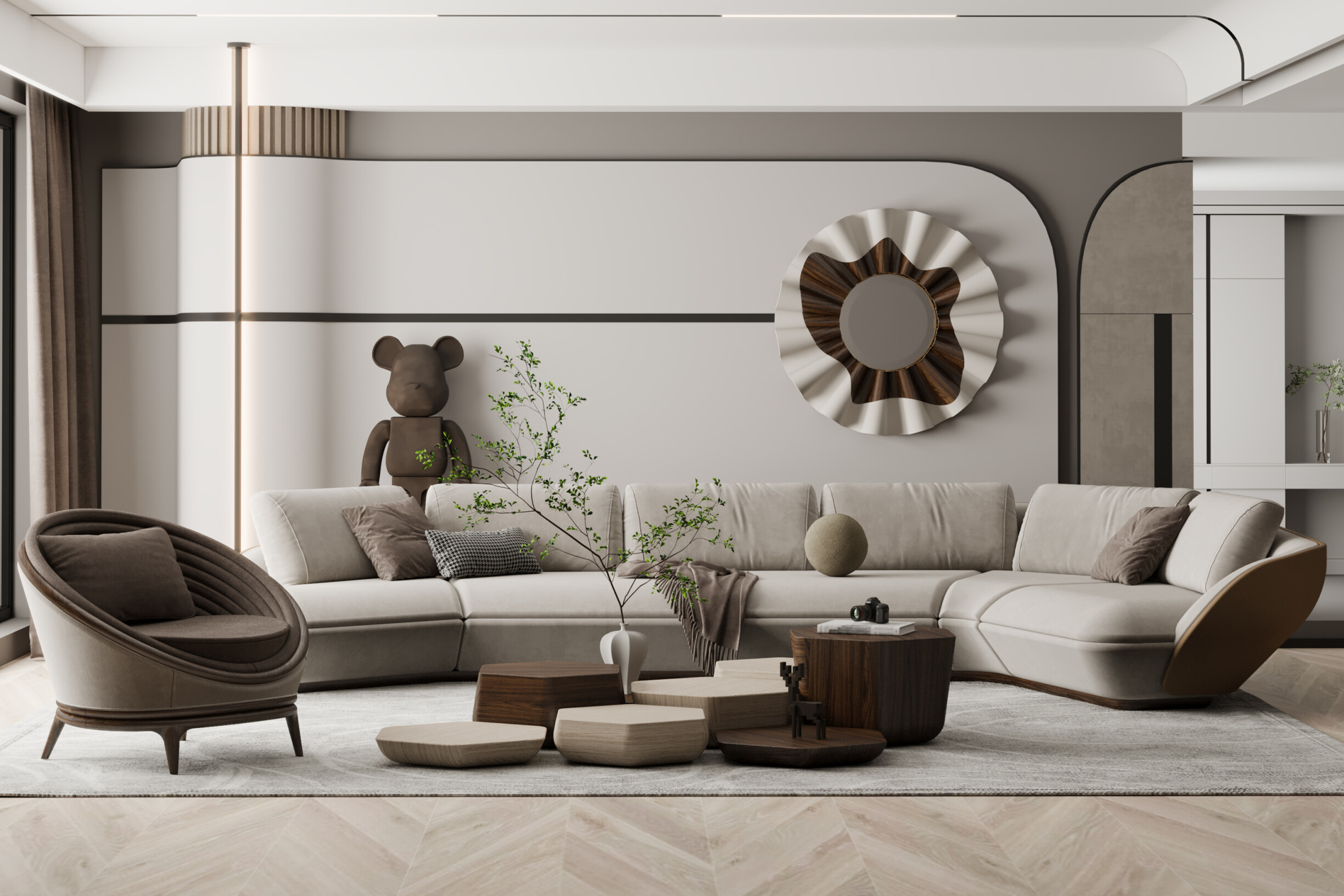
The modern Mediterranean style is born from the contemporary reinterpretation of an ancient visual language. Its strength lies in its ability to simplify without impoverishing, removing the excess and leaving the essential: light, material, and atmosphere. It is an aesthetic that values space, as well as the breathing room within it.
The basis of this style is sobriety. Clean lines and spacious areas prevent visual disturbance. The style features light walls, functional furniture, and a seamless integration of the interior and exterior. This simplicity, however, is never cold because it is carefully designed to welcome guests.
It is precisely this balance that is the challenge for designers. The rusticity stems from the materials (wood, stone, and wrought iron), while the contemporary spirit is evident in the proportions, layout, and choice of signature pieces.
The key is to know how to compose with lightness: to let the space breathe, without sacrificing sophistication. The result? Minimalist spaces, but rich in texture, depth, and a sense of place.
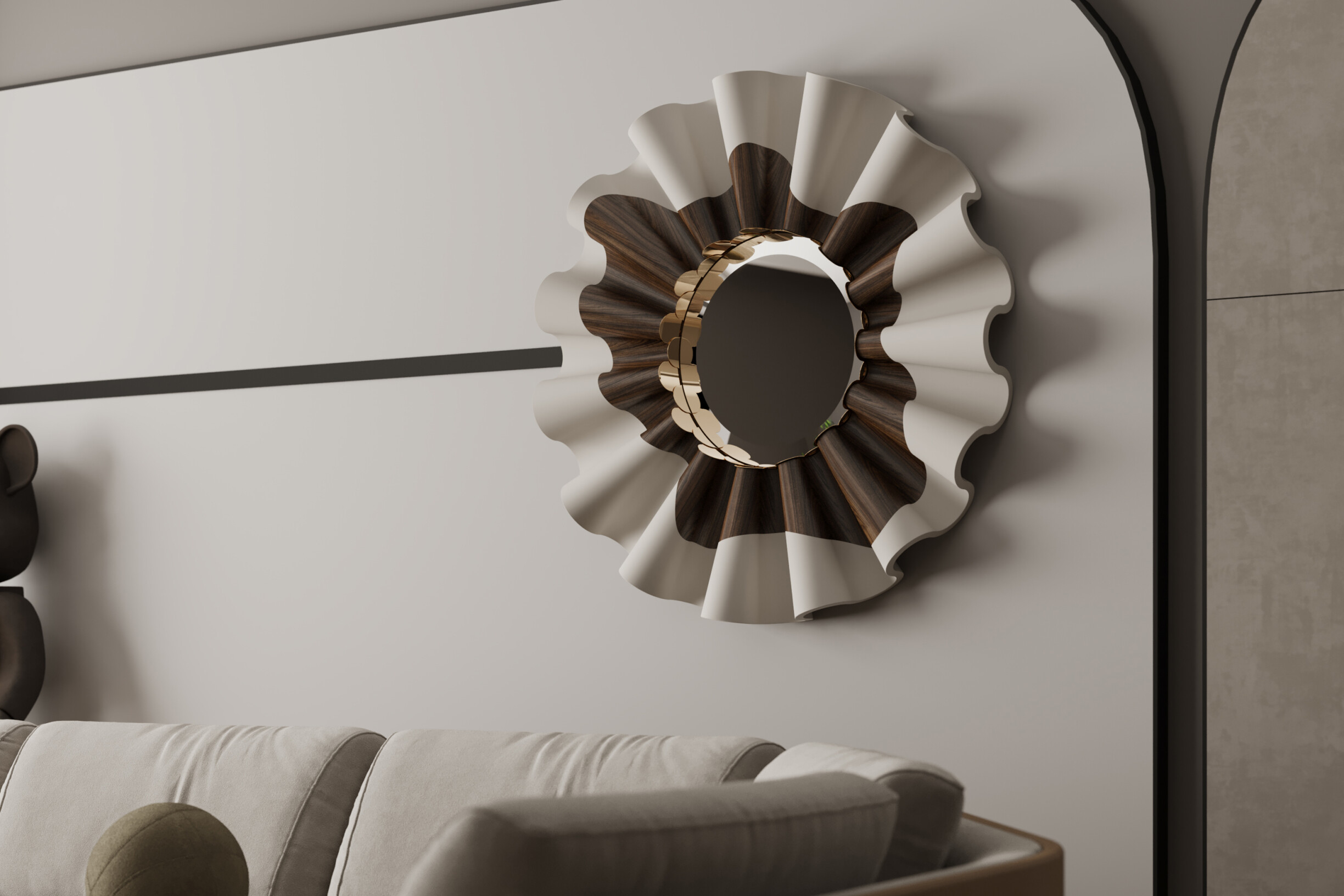
In the modern Mediterranean style, colour is not just aesthetic; it is atmospheric. The colour palette evokes feelings of freshness, lightness, and authenticity. Each tone is carefully chosen to reinforce the presence of light and create a seamless continuity between the interior and exterior.
White is the starting point.White serves not only as a hue, but also as a conduit for light. Whitewashed walls, clean ceilings, and neutral floors enhance the feeling of space and provide a blank canvas for working with subtle contrasts.
Shades of blue are the emotional signature of the Mediterranean style. From the deep blue of the Aegean Sea to the light blue of the southern Italian skies, these variations function as chromatic accents, applied with precision in textiles, ceramics, and furniture notes.
Beige, sand, clay, terracotta, olive green, and soft lavender. These colours evoke a sense of nature and work well with layers, creating visual depth without sacrificing lightness. The use of earthy and neutral tones reinforces the connection with the landscape, keeping the spaces fresh and welcoming.
For designers, this palette offers flexibility and coherence. Creating a mood board is essential for visualising chromatic harmony between materials, textures, and key pieces. It can also be helpful to review best practices for choosing the ideal colours to ensure a balance between neutrality and personality in the project. It is possible to maintain the overall sobriety of the area while, at the same time, introducing contrasts that evoke emotion and identity.
These colour choices are ideal for those who want to transform summer interiors into truly fresh and sophisticated spaces capable of balancing functionality, aesthetics, and well-being.
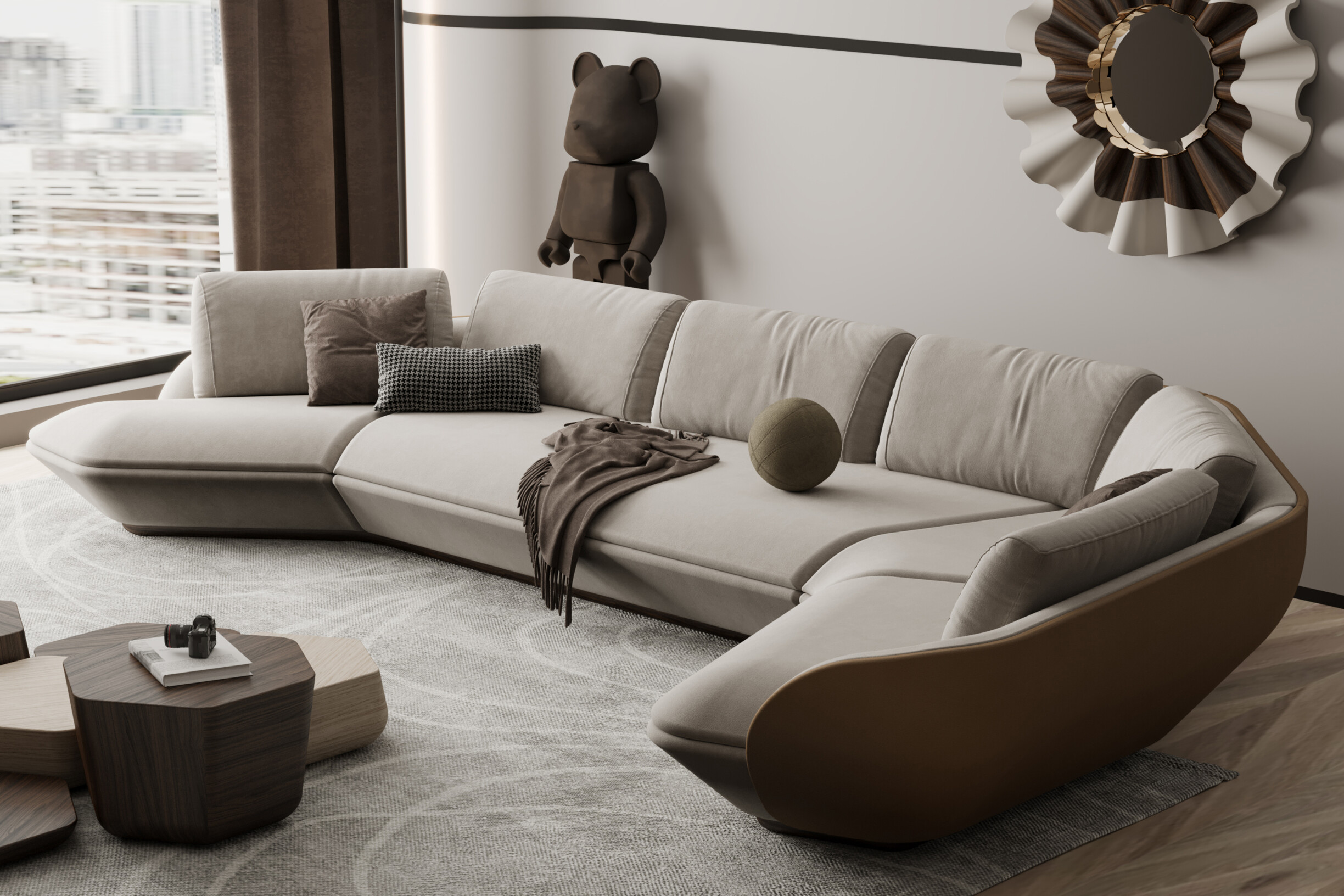
The modern Mediterranean style thrives on the authenticity of the materials. There is no room for artificiality or overly polished finishes. Here, the raw material speaks for itself, and the touch is as important as the look.
The foundation of this style relies on an essential triad:
Natural stone, primarily limestone, sandstone, or travertine, is used in both flooring and coverings, bringing solidity and freshness.
Light woods, such as oak or pine, in matte finishes, which warm up the space without dominating it.
Handcrafted ceramics, applied with purpose: washbasins, vases, lamps, or coverings that preserve the manual texture.
These materials are not mere coverings; they are narrative elements that convey a connection to the land, longevity, and cultural identity.
Slightly irregular surfaces, textures with tactile memory, and porous finishes are also valued. The contrast between rough and smooth, matte and luminous, contributes to the sensory richness of spaces.
Incorporating these textures, whether on walls, ceilings, or decorative details, adds depth and authenticity to the project, even when the overall composition is minimalist. Working with surfaces that stimulate touch, sight, and even sound contributes to a truly sensory design, one that can transform spaces into experiences. This approach is one of the silent but powerful pillars of the modern Mediterranean style.
Furthermore, at the heart of this style is the Japanese concept of wabi-sabi, which appreciates imperfection as a natural beauty. In an era dominated by digital and visual perfection, rustic interiors offer a point of pause, like a return to the material and temporal.
In the modern Mediterranean style, furniture serves a dual purpose: it must be functional while also expressing personality, presence, and individuality. This balance is essential for creating spaces that exude simplicity without losing their soul.
In this context, the furniture favours refined shapes and natural materials, such as light woods, linen, and discreet metals. The choice falls on pieces that follow the rhythm of the space, without overloading it.
This is where the concept of sculptural or statement furniture comes in. In a minimalist space, a piece with a sculptural design becomes a focal point, giving identity and emotion to the space. Whether it's a chair with organic curves, like the Naruto armchair by ALMA de LUCE, a table with an artistic base, such as the Bonsai dining table, or even a mirror with a bold design, like the Marqueyssac, these pieces elevate any interior design project, making it memorable. Using furniture in this narrative is a powerful resource for professionals seeking to create modern interiors that convey meaning.
Choosing pieces with a strong narrative and visual presence is an effective way to create spaces with soul, where storytelling in interior design reinforces the emotional connection between the space and its inhabitants.
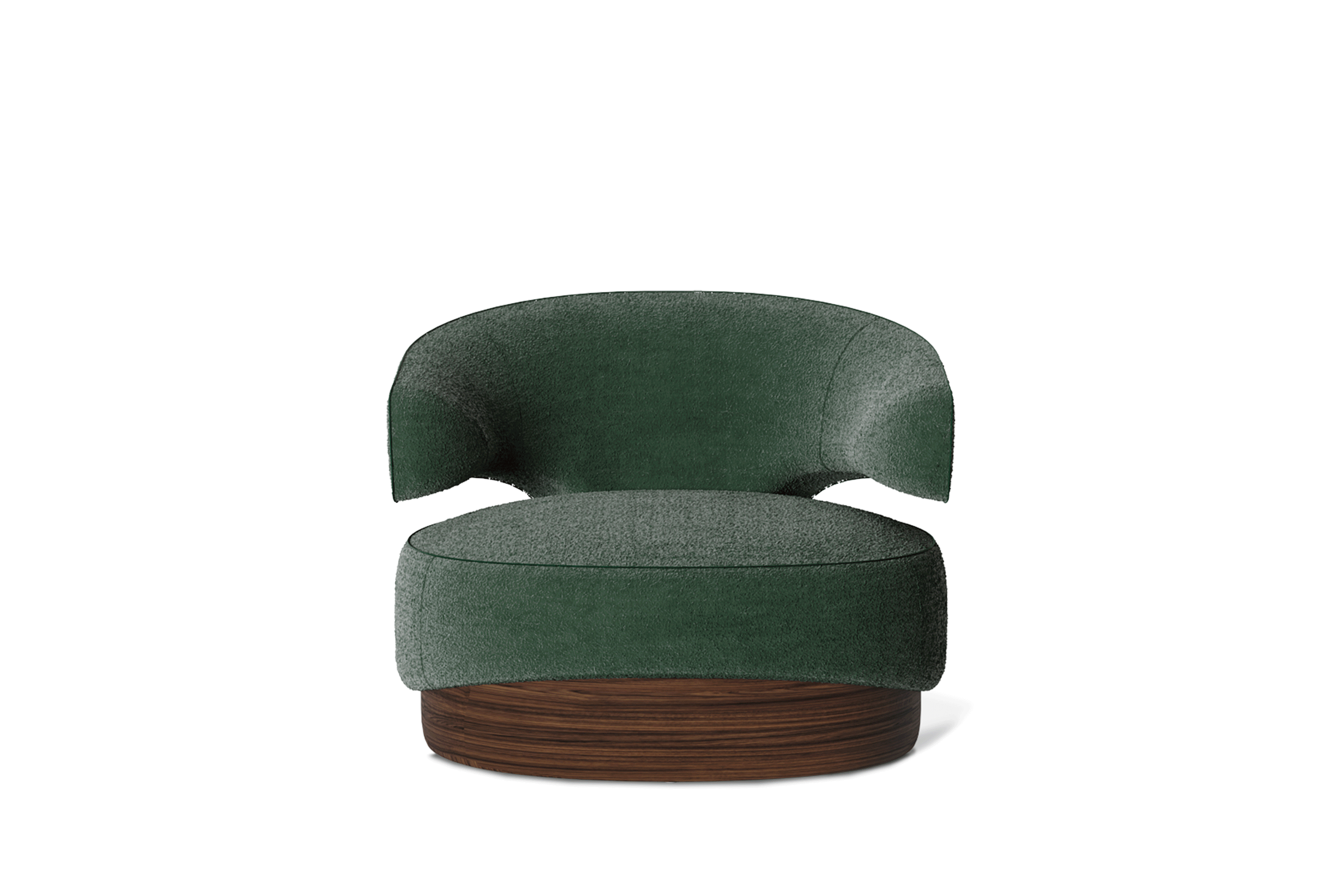
Nature is a central pillar of modern Mediterranean style. It's not just about bringing plants into your home. It's about designing spaces that promote well-being, connection, and serenity. This is where biophilic design truly shines.
Mediterranean areas are traditionally characterised by spaces that are open to light and the landscape. In the contemporary urban context, this openness can be recreated through:
Internal gardens or central courtyards act as the lungs of the space.
Skylights or overhead light openings that allow maximum use of natural light.
Visual and physical connection with balconies, terraces, or garden areas.
These elements reinforce the fresh and natural character of the space while also enhancing the sensory and emotional experience of the occupants.
The use of plants is just one dimension of biophilic design. Other features include:
Incorporate living materials, such as solid wood or natural stone;
Use textures that evoke nature (raw linens, ropes, plant fibres);
Create variations in light, shadow and temperature that simulate the outdoors.
These decisions enhance the space's experience and align with contemporary wellness-centred design principles. In professional practice, applying this concept requires more than decoration; it requires intention. Working with furniture and lighting pieces that respect this philosophy, such as those proposed by ALMA de LUCE, allows us to create interiors where form and nature coexist in harmony.
Knowing how to combine tradition and modernity is one of the significant challenges (and charms) of those who work with this style. The secret lies in the curation: pieces with artisanal roots but contemporary language make the space timeless and balanced. This is where ALMA de LUCE pieces make the difference. We rely on a visual language that strikes a balance between tradition, innovation, and timelessness.
A room with white walls, microcement flooring, and neutral tones gains dimension with the presence of the Roatan coffee table, featuring soft, curving lines and earthy textures, a tribute to the organic shapes created by nature itself. Next to it, a sculptural armchair in light wood and raw linen acts as a focal point, a genuine statement piece that anchors the entire space.
In a relaxing room, the bet is on soft textures and sand tones. The Douro bed, featuring an upholstered headboard in the same tone, can be complemented by a side table that adds authenticity and warmth to the space through its structure.
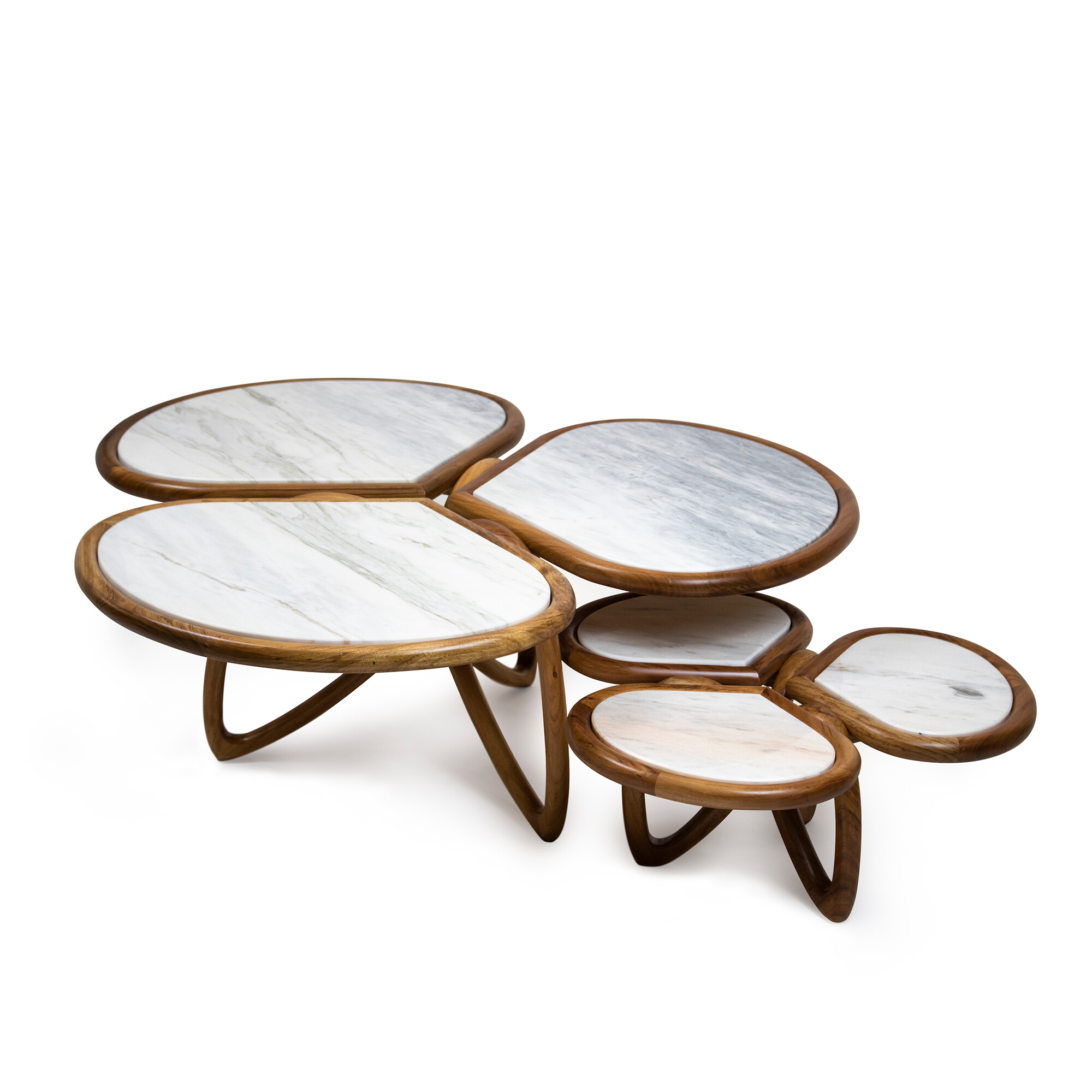
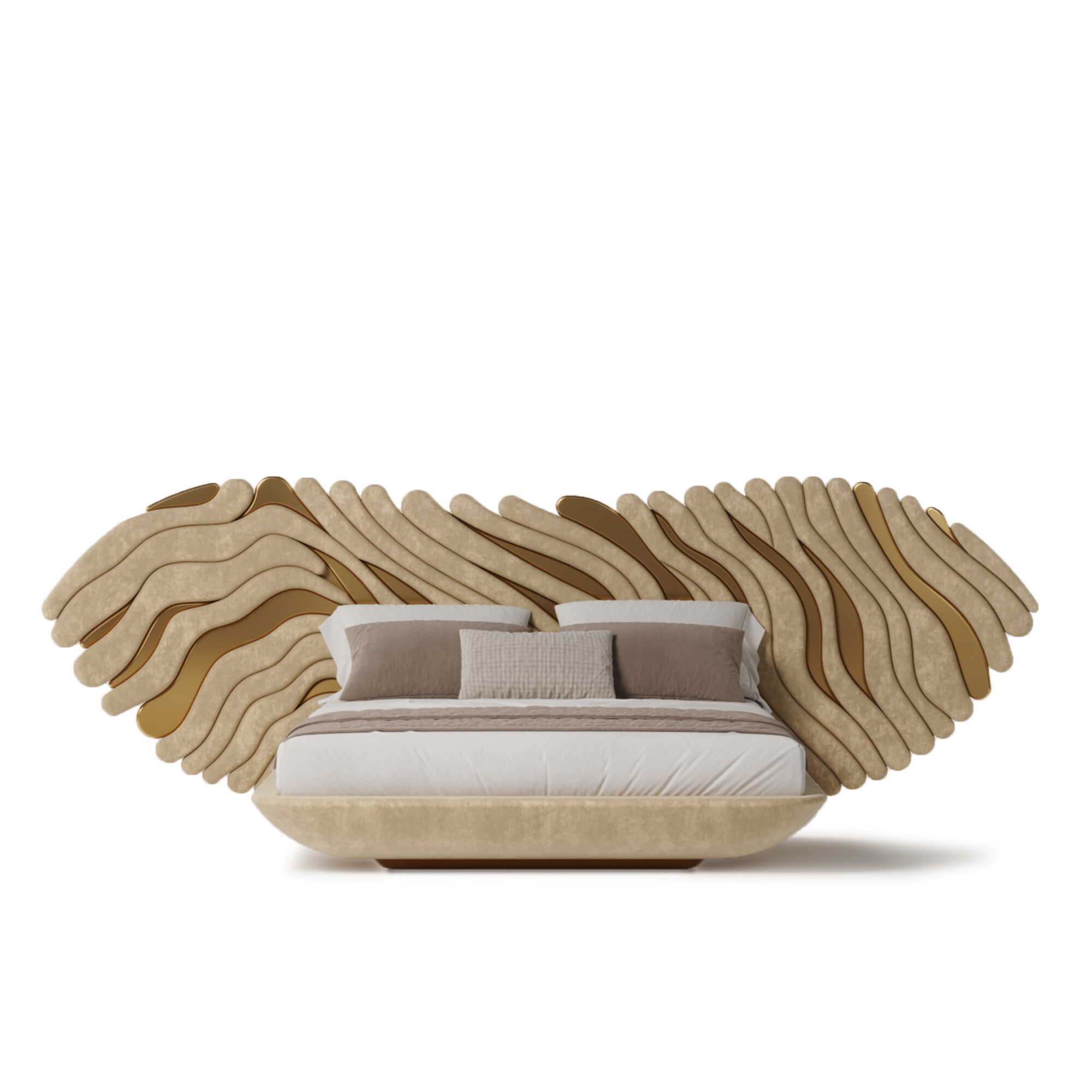
Modern Mediterranean style is not a passing trend. It is an aesthetic language with depth, which adapts to different contexts without losing its essence. For designers and decorators, it represents a unique opportunity to create interiors that are fresh, bright, and emotionally connected with nature and with people.
Modern Mediterranean style responds to many of the key interior design trends for summer 2025: natural aesthetics, emotional comfort, spatial fluidity, sensorial materials, and furniture with character. Are you ready to incorporate modern Mediterranean style ideas into your projects this Summer? Check out some inspirations on Alma de Luce's Pinterest that best suit your needs, your attire, or your client's desires. Once you're inspired, do you want some help getting started? Contact us here😉
Additionally, we regularly update our blog to provide you with the latest news and content on interior design, architecture, and decoration. Just be aware!